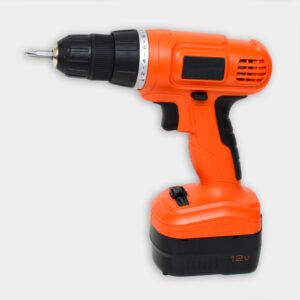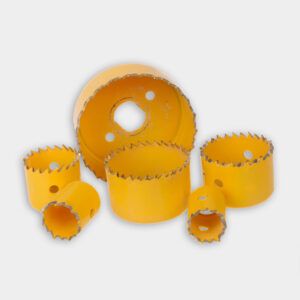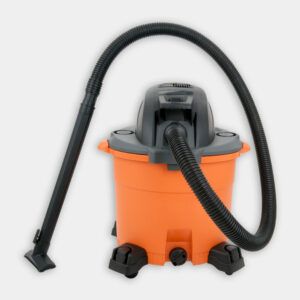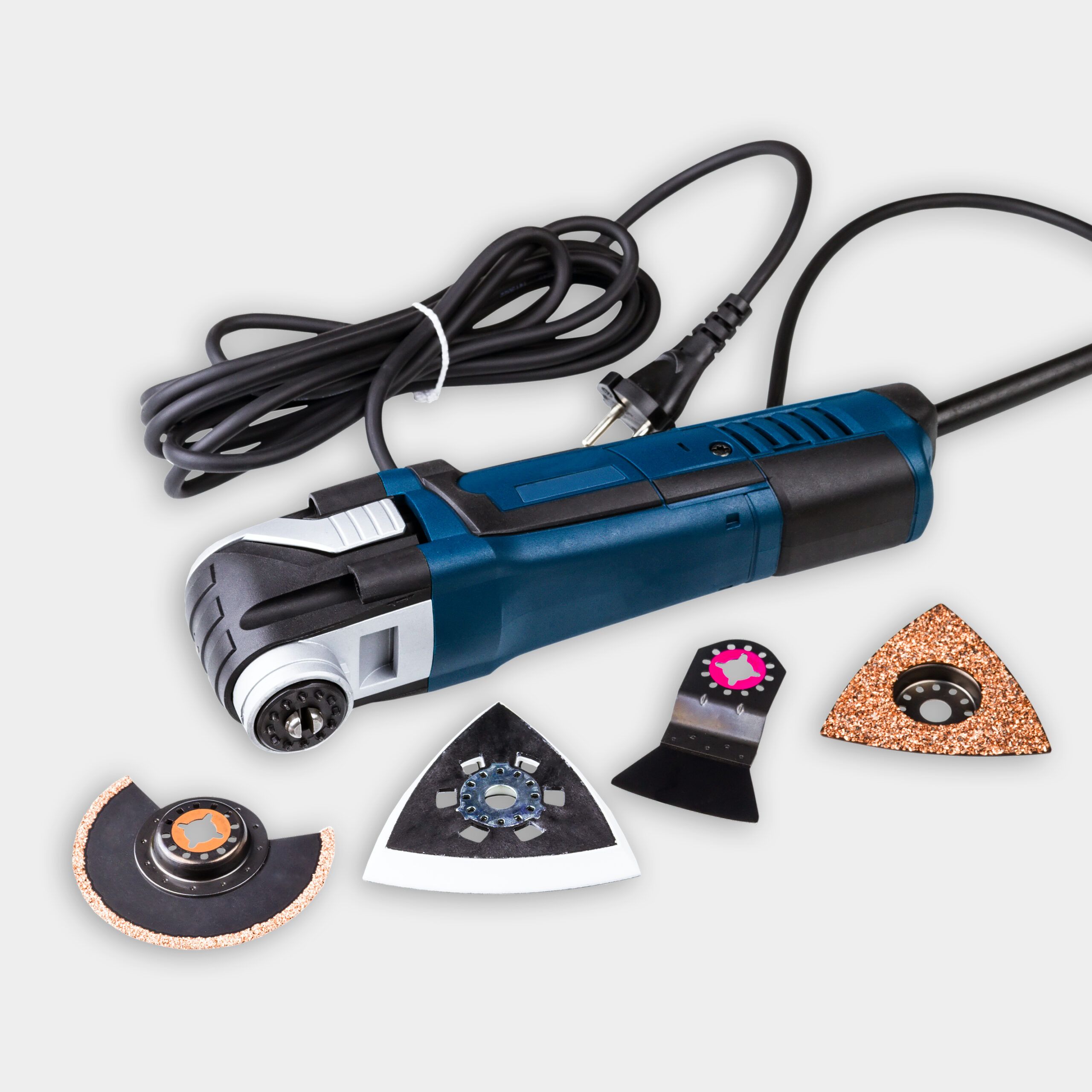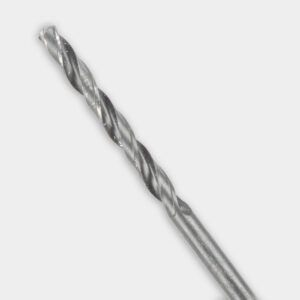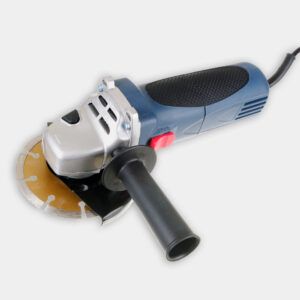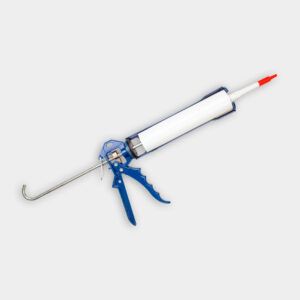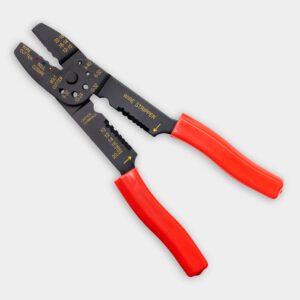We may be compensated if you purchase through links on our website. Our team is committed to delivering honest, objective, and independent reviews on home products and services.
Project details
Skill
Cost
Estimated Time
Installing a range vent hood is a practical home improvement project that can significantly enhance your kitchen’s functionality and air quality. This upgrade not only helps remove cooking odors and smoke but also maintains a cleaner kitchen environment. In this video and tutorial, This Old House general contractor Tom Silva demonstrates the step-by-step process of installing a range vent hood.
Understanding Range Vent Hoods
Range vent hoods are essential kitchen appliances that remove cooking fumes, grease, and odors from your kitchen. They work by drawing air up through a filter and then venting it outside or recirculating it back into the room. Before you begin the installation process, it’s important to understand the different types of range vent hoods and their requirements.
Types of Range Vent Hoods
There are several types of range vent hoods available, each suited to different kitchen layouts.
- Wall-mounted hoods: These are installed directly on the wall above the range and are often used in kitchens without overhead cabinets. This is the kind of vent hood Silva shows you how to install.
- Under-cabinet hoods: These are mounted beneath kitchen cabinets and are ideal for kitchens with limited space.
- Island hoods: Designed for kitchens with a central cooking island, these hoods are suspended from the ceiling.
- Microwave hoods: These combination units serve as both a microwave and a vent hood, saving space in smaller kitchens.
Venting Options
Range vent hoods can vent trapped air in one of two ways.
- Ducted venting: This method expels air outside the home through ductwork, providing the most effective removal of cooking byproducts.
- Ductless venting: Also known as recirculating vents, these systems filter the air and return it to the kitchen.
While less effective than ducted venting, ductless vents are easier to install and suitable for situations where external venting is not possible.
Benefits of Installing a Range Vent Hood
Installing a range vent hood offers numerous benefits beyond just removing cooking odors.
- Improved air quality: A vent hood effectively removes smoke, grease, and cooking odors, resulting in cleaner air.
- Enhanced kitchen cleanliness: By capturing grease and smoke, the vent hood helps keep your kitchen surfaces cleaner.
- Reduced heat and humidity: A vent hood removes excess heat and steam generated during cooking, making the kitchen more comfortable.
- Increased home value: A well-installed vent hood can be an appealing feature to potential homebuyers.
Choosing the Right Range Vent Hood
Selecting the right range vent hood for your kitchen involves considering several factors.
- Kitchen layout: The design and layout of your kitchen will influence the type of vent hood that best suits your needs. Consider the placement of your stove and the available space for installation.
- Venting options: Decide whether you prefer ducted or ductless venting. Ducted hoods are more effective at removing air contaminants, while ductless hoods are easier to install.
- Budget: Range vent hoods come in a wide price range. Determine your budget and look for a hood that offers the best balance of features and performance.
- Noise level: Some vent hoods can be noisy when operating at high speeds. Look for models with noise-reducing features if a quiet kitchen environment is important to you.
Preparing for Range Vent Hood Installation
Once you’ve chosen a range vent hood, you can begin to prepare for installation. This process includes gathering all necessary materials and tools and taking appropriate safety measures.
Gathering Materials and Tools
To install a range vent hood, gather the following tools and materials:
Safety Precautions
When installing a range vent hood, safety should be your top priority. Take the following precautions:
- Turn off the power to the kitchen at the main electrical panel.
- Wear safety glasses and a dust mask when cutting through walls or working with insulation.
- Use a sturdy ladder or step stool when working at height.
- Have a helper assist you with lifting and positioning the vent hood.
Step-by-Step Range Vent Hood Installation Process
Installing a range vent hood requires careful planning and execution. We also strongly recommend having another person assist you. Follow these steps for a successful installation.
Step 1: Cutting the Vent Hole
The first step in installing a range vent hood is cutting the vent hole.
- Use a 6-inch-diameter hole saw to cut through the interior wall surface above the range. Have a helper hold a wet/dry vacuum to collect dust while cutting.
- If the hole saw can’t cut through the wall in one pass, remove the plaster from the hole and continue drilling.
- Use a multi-tool to cut any wood lath from the hole if necessary.
- Replace the hole saw with a 1/4-inch-diameter bit and drill through the backside of the wall sheathing to the outdoors.
- From outside, use the 6-inch hole saw to cut through the siding and wall sheathing.
Step 2: Preparing the Exterior Vent
Preparing the exterior vent involves first installing PVC trim to act as a mount for the ductwork.
- Create a mounting plate by cutting a 6-inch-diameter hole through a piece of PVC trim.
- Hold the PVC plate against the house siding and trace around it with a pencil.
- Use an angle grinder to cut the siding along the pencil lines.
- Apply a bead of silicone adhesive around the hole in the wall.
- Press the PVC mounting plate tight to the wall and secure it with screws.
Step 3: Installing the Ductwork
Once the PVC plate is in place, you can attach the exterior vent and the indoor ducting.
- Use foil tape to attach a 6-inch-diameter elbow to the vent cap. Ensure the angle of attachment matches the angle of the drilled hole
- From outside, slide the vent cap into the hole and secure it to the mounting plate with self-tapping screws.
- From inside the kitchen, slide a second elbow through the hole and onto the vent cap elbow.
- Secure the two elbows together with duct tape.
Note that although Silva mentions duct tape in the video, he actually uses foil tape, which adheres better to metal ducts.
Step 4: Mounting the Vent Hood
As you go to put the hood itself in place, have someone help you lift and position it.
- Screw the vent hood mounting brackets to the kitchen wall studs.
- With the help of an assistant, slide the vent hood into the brackets and secure it with screws driven into wall studs.
- Make the electrical connections to provide power to the vent hood’s light and exhaust fan.
- Install the vertical cover to conceal the exposed ductwork.
Troubleshooting Common Vent Hood Issues
Even with careful planning, you may encounter challenges during the installation process. Here are some common issues and their solutions.
- Electrical problems: If the vent hood doesn’t power on, double-check all wiring connections and ensure the circuit breaker is on. Contact a licensed electrician if problems continue.
- Inadequate support: If the vent hood feels unstable, add additional support brackets or use longer screws to secure it to wall studs.
- Misaligned ductwork: Ensure all ductwork connections are properly aligned and sealed with duct tape to prevent air leaks.
Maintenance and Care for Range Vent Hoods
Regular maintenance is essential to keeping your range vent hood functioning optimally. A well-maintained vent hood ensures that your kitchen remains free of odors, smoke, and grease.
- Clean or replace filters monthly, or more frequently if you cook often.
- Inspect the ductwork periodically for any signs of damage or blockage.
- Check and tighten any loose screws or mounting hardware annually.
- Wipe down the exterior and interior surfaces of the hood with a mild detergent solution.
Professional Installation Range Vent Hood vs. DIY
Installing a range vent hood can be a DIY project, but it requires some skill and experience. Most homeowners will prefer to hire a professional. Here are some considerations to help you decide.
- Building codes: A professional contractor is familiar with the building codes that govern factors like duct length, exterior vent placement, and makeup air systems. Violating these codes could compromise the value of your home.
- Time and effort: DIY installation can be time-consuming and requires physical effort. A professional can complete the job more quickly and efficiently.
- Electrical connections: Vent hoods require electricity to function. If the correct wiring isn’t already in place, you’ll need to hire a licensed electrician to install an individual branch circuit.
- Cost: Professional installation will add to the overall cost of the project.
- Safety risks: In addition to the short-term risks of working with power tools and electrical connections, vents that don’t meet code or aren’t properly secured might pose safety hazards. For gas-powered ranges, this includes the risk of carbon monoxide poisoning.
- Potential leaks: Any time you cut through your siding and wall sheathing, you create a weak point in your home’s weatherproofing. If the vent isn’t properly sealed in place, you risk exposing your home to water damage over time.
Our Conclusion
If you decide to take on the project of range vent hood installation, have an assistant, use a ladder, and ensure that everything is properly sealed in place when you’re finished. If you have concerns, contact a professional contractor for help. With the right tools, careful planning, and attention to detail, you can enjoy a cleaner, more comfortable cooking environment.
